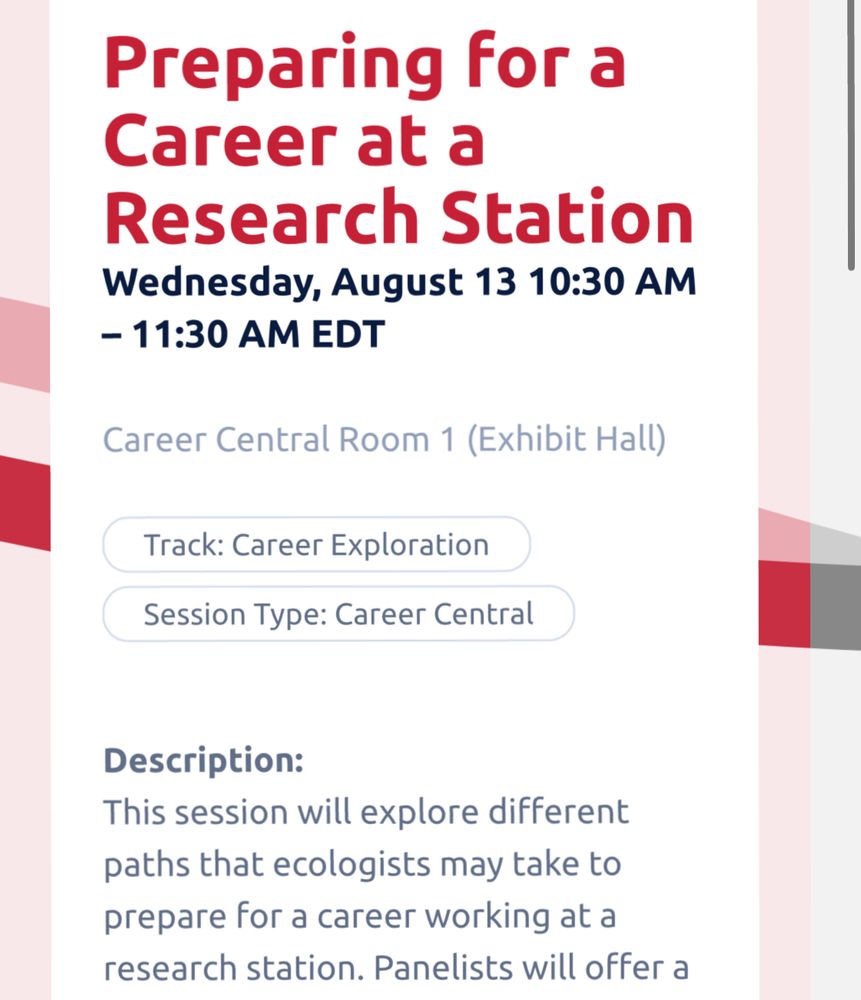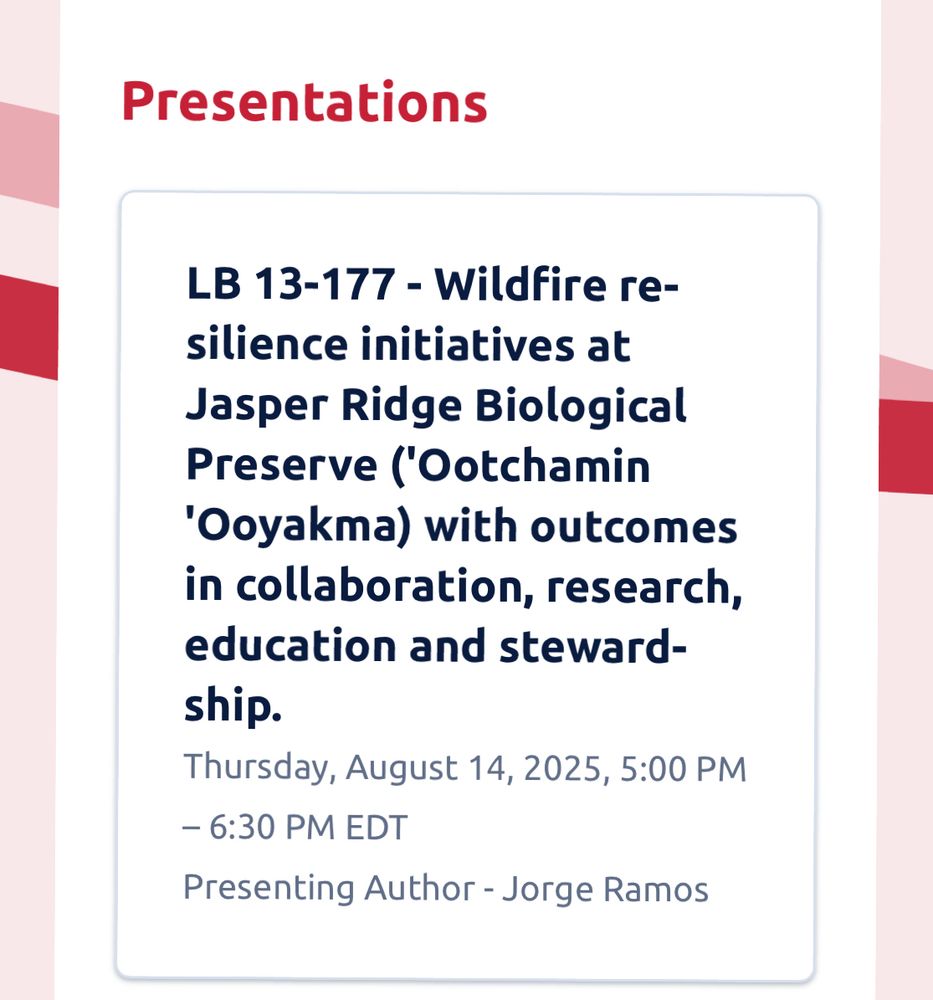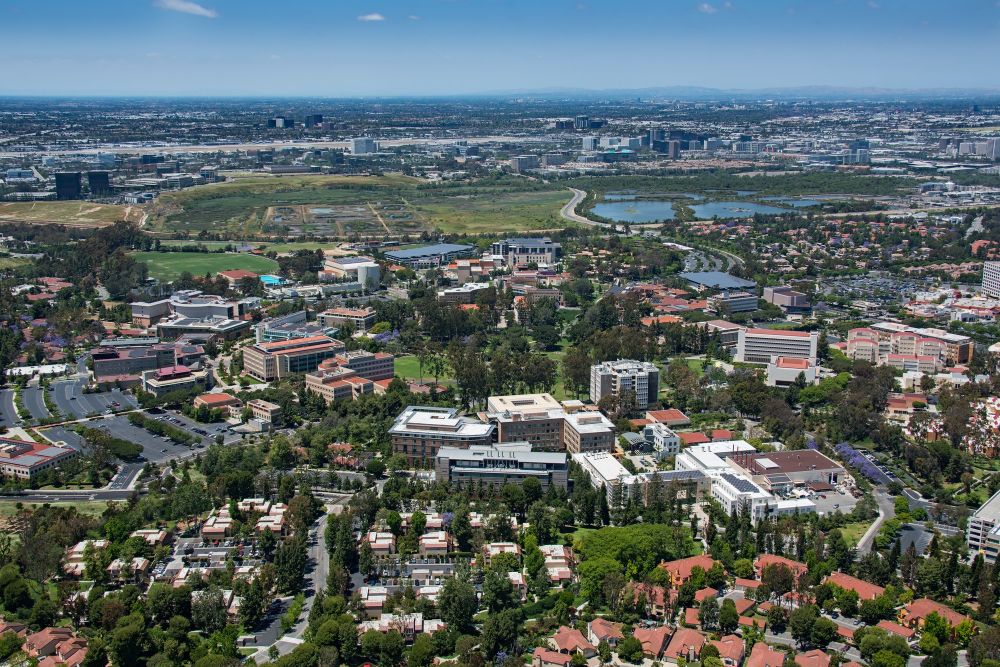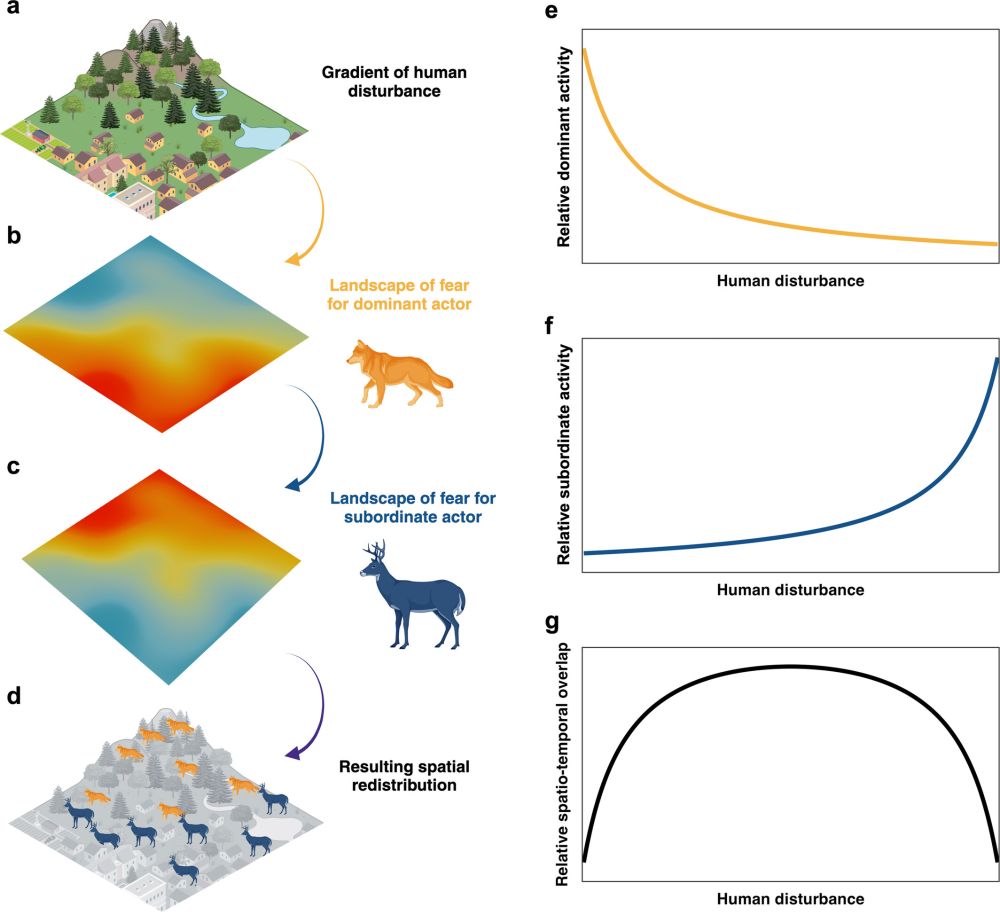
PI of the Echeverri Lab: Conserving Wildlife and Human Cultures
She/Ella #LatinasSTEM
I miss the old 🐦⬛ days, but I’m excited to build back my network better and use this platform to share news about the Echeverri Lab at UC Berkeley! We are growing and I can’t wait to introduce the new members!
Thanks @ornithoale.bsky.social for hosting me!
#Wildlife #Tapirs #OneHealth #AIinConservation #UCBerkeley

Thanks @ornithoale.bsky.social for hosting me!
#Wildlife #Tapirs #OneHealth #AIinConservation #UCBerkeley
This is despite prior work arguing that an emphasis on novel birds translates into dedicated birdwatchers preferring dull species.
Dedicated birdwatchers may value beauty in birds, just like everyone else.

This is despite prior work arguing that an emphasis on novel birds translates into dedicated birdwatchers preferring dull species.
Dedicated birdwatchers may value beauty in birds, just like everyone else.
Maybe tour operators are balancing novelty with the risk of disappointing clients when they inevitably fail to encounter rare species?

Maybe tour operators are balancing novelty with the risk of disappointing clients when they inevitably fail to encounter rare species?
First, tour operators recognized that birdwatchers value novelty above all else. Range-restricted species were ten times more likely to appear in trip itineraries than cosmopolitan species.

First, tour operators recognized that birdwatchers value novelty above all else. Range-restricted species were ten times more likely to appear in trip itineraries than cosmopolitan species.
(photos are example student posters)


(photos are example student posters)
(open access link below, thread to follow)
academic.oup.com/condor/advan...
(open access link below, thread to follow)
academic.oup.com/condor/advan...
Marketing birds: The traits birdwatching tourism companies highlight in Costa Rican tour itineraries
(open access link below, thread to follow)
academic.oup.com/condor/advan...
Marketing birds: The traits birdwatching tourism companies highlight in Costa Rican tour itineraries
www.nature.com/articles/d44...
@nature.com
@ornithoale.bsky.social
@stanforddoerr.bsky.social

www.nature.com/articles/d44...
@nature.com
@ornithoale.bsky.social
@stanforddoerr.bsky.social
yes, worse than tough reviewers
worse even than outright rejection
when they typeset the paper and all the species names are lower case

yes, worse than tough reviewers
worse even than outright rejection
when they typeset the paper and all the species names are lower case
news.stanford.edu/stories/2025...

news.stanford.edu/stories/2025...



recruit.ap.uci.edu/JPF09601

recruit.ap.uci.edu/JPF09601

onlinelibrary.wiley.com/doi/10.1111/...

onlinelibrary.wiley.com/doi/10.1111/...




